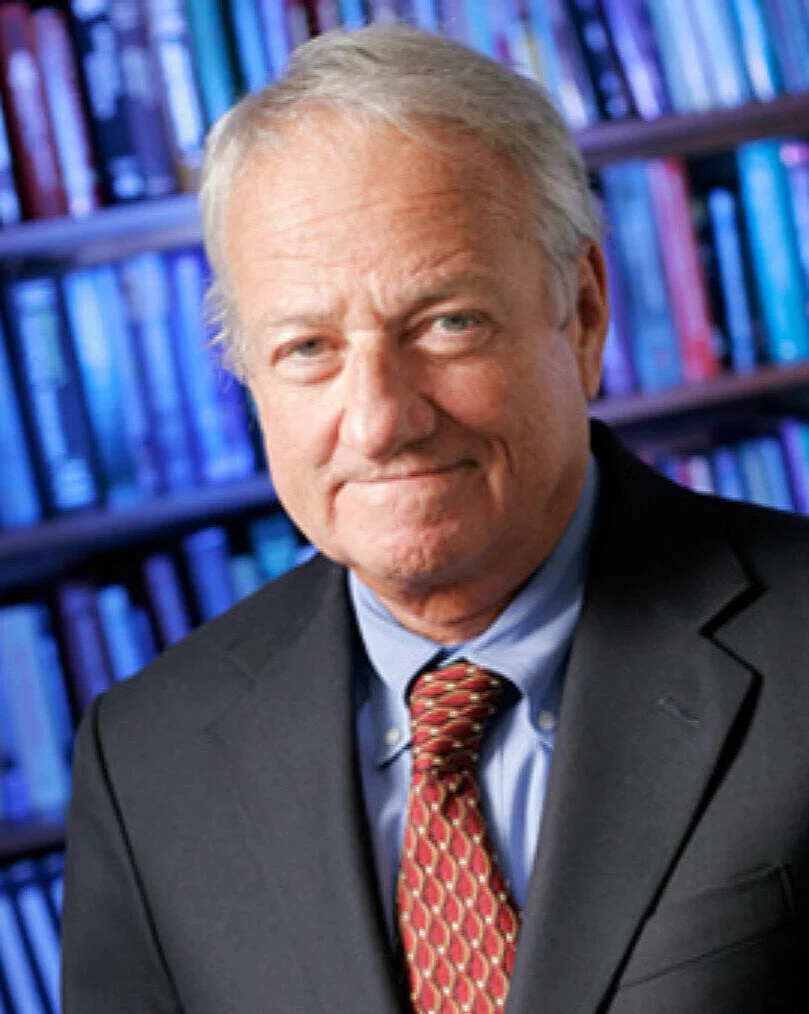Pioneering Neurologist and CRPS Expert Remembered
/By Pat Anson, PNN Editor
A pioneering neurologist who helped develop new treatments for Complex Regional Pain Syndrome (CRPS) has died. Robert Schwartzman, MD, passed away last week at the age of 81.
Dr. Schwartzman was an emeritus professor and former chair of the Department of Neurology at Drexel University College of Medicine in Philadelphia. He also taught and practiced medicine at Thomas Jefferson University, University of Texas Health Science Center, San Antonio and the University of Miami. He mentored hundreds of residents and colleagues, and authored several reference books on neurology.
The primary focus of Schwartzman practice and research was chronic pain, particularly CRPS (also known as Reflex Sympathetic Dystrophy or RSD), a chronic and severe pain syndrome affecting the nervous system.
At Jefferson University, Schwartzman founded the first CRPS clinic in the U.S. and pioneered the use of ketamine as a treatment for CRPS and other pain conditions.
“I met Dr Schwartzman in 2007 at a pain conference and joined the wait list to see him as my provider for RSD. I was finally able to so do in 2009. I shared what I learned with as many people as I could and continue to this day,” says PNN columnist Barby Ingle, founder and president of the International Pain Foundation. “His impact will live on through patients like me.”
DR. ROBERT SCHWARTZMAN
Ingle wrote about her first experience as a patient of Schwartzman in a PNN column. She went into the hospital in a wheelchair, but was able to walk out a week later after a series of ketamine infusions. She continues to get infusions regularly.
“He was a brilliant doctor and world expert on Reflex Sympathetic Dystrophy who's training and 40+ years of research help teach other providers who have also gone on to help millions of patients,” Ingle said in an email. “He will forever live in my heart as he is the provider who got me from my wheelchair and bed bound to walking and living life to my fullest. I will continue sharing his pioneering works and receiving his protocol for my infusion therapy. He is a treasure to our whole community.”
“I didn't know him personally but I knew and respected his pioneering work,” says Lynn Webster, MD, past president of the American Academy of Pain Medicine. “He challenged our thoughts and understanding about how to treat the devastating disease of CRPS.
“Dr. Schartzman took us into unexplored areas of how to treat a crippling disease. His work inspired me and countless others who have tried to implement his treatment approach for our own patients. He has given us a legacy of research that will be the foundation on which new discoveries about the mechanism and cure for CRPS will occur. The passing of Dr. Schwartzman is a huge loss for science and humanity.”
Schwartzman retired from clinical practice in 2013 and moved to Marco Island, Florida. Funeral arrangements are private. His family requests that any donations in his memory be made to any Florida wildlife or conservation charity.





